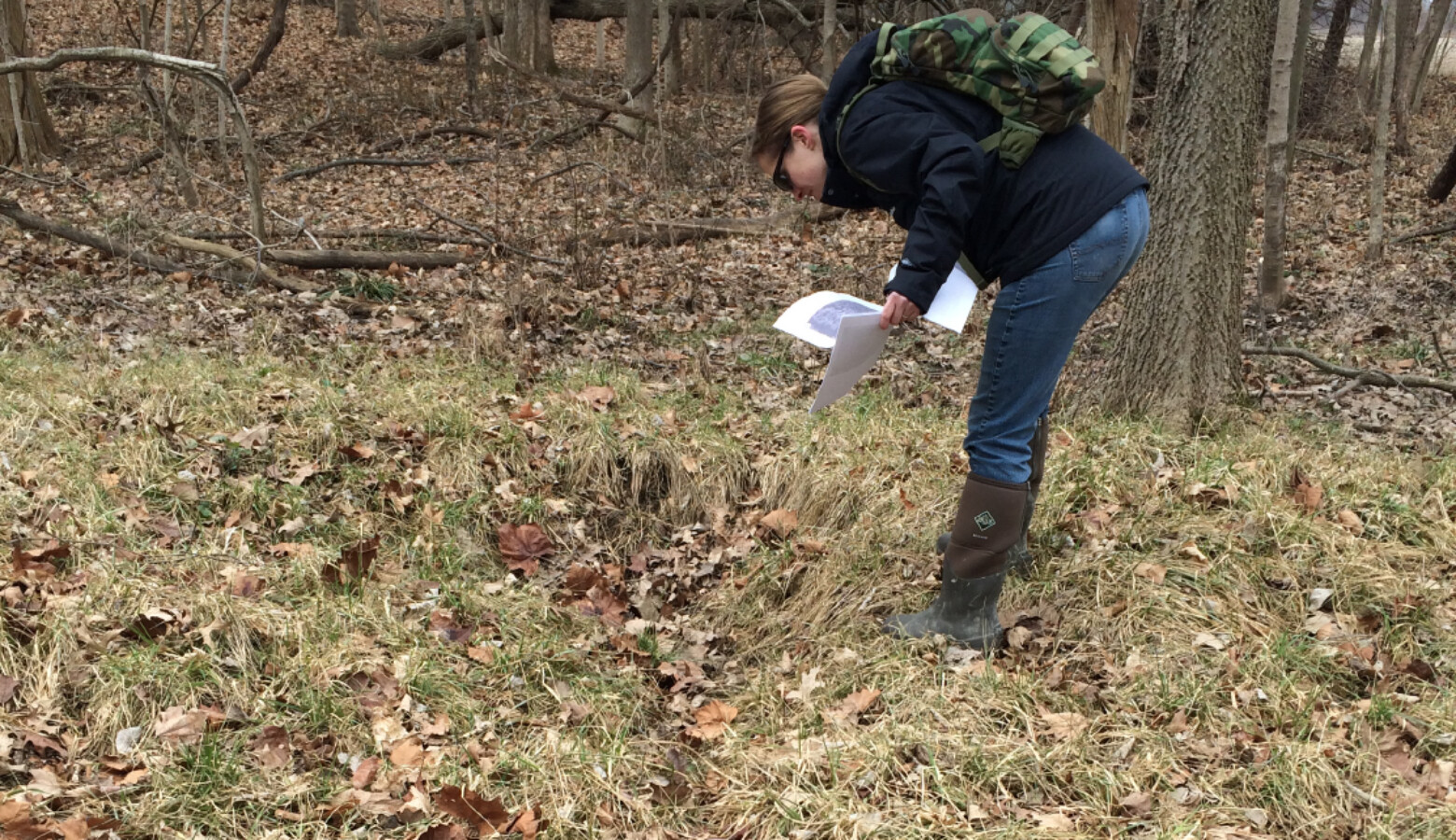Environmentalists Say Drain Maintenance Bill Could Hurt Wetlands

A seemingly simple bill to help local governments cut costs when repairing drains is working its way through the state legislature. But environmentalists worry it could harm the state’s wetlands.
The bill proposed by Sen. Victoria Spartz (R-Noblesville) would allow local governments to fix or reconstruct a drain in a state wetland without a permit from the Indiana Department of Environmental Management.
Jarrod Hahn is the president of the Indiana County Surveyors Association. He says it can cost counties thousands of taxpayer dollars just to determine if a drain is in a wetland or if they need a permit — much more than the cost of repairing the drain itself.
“You’re taking what is a very small project and you’re making it into a very costly thing,” Hahn says.
But Indra Frank with the Hoosier Environmental Council says fixes like cleaning or clearing obstructions from a drain are already exempt — this bill would allow more invasive work in wetlands.
“If you’re lengthening or enlarging a drain or rerouting it, you’re doing additional digging. You know, disturbing the existing soil and plant life,” she says.
As of 1991, the Indiana Department of Natural Resources estimates the state has lost 85 percent of its wetlands. Frank says aside from providing important wildlife habitat, wetlands are also one of the most effective ways to capture flood water and improve water quality.
Contact Rebecca at rthiele@iu.edu or follow her on Twitter at @beckythiele.
Indiana Environmental reporting is supported by the Environmental Resilience Institute, an Indiana University Grand Challenge project developing Indiana-specific projections and informed responses to problems of environmental change.

